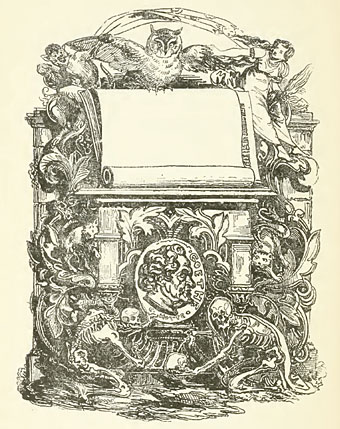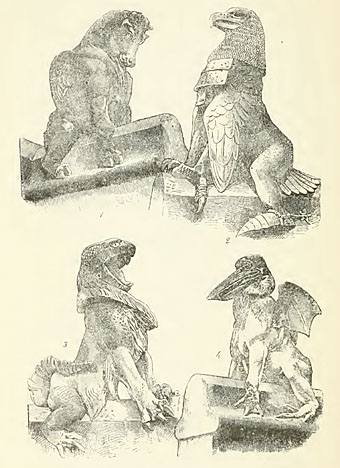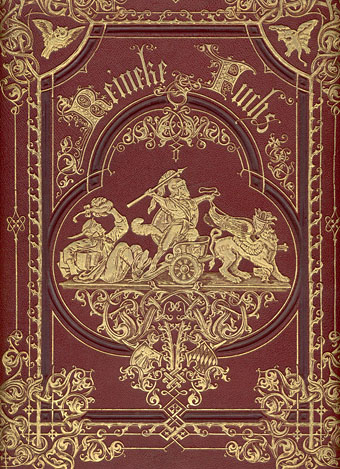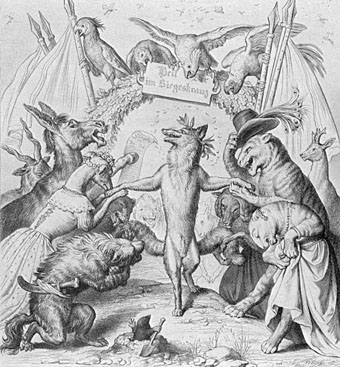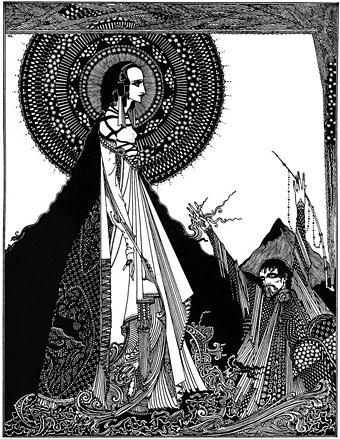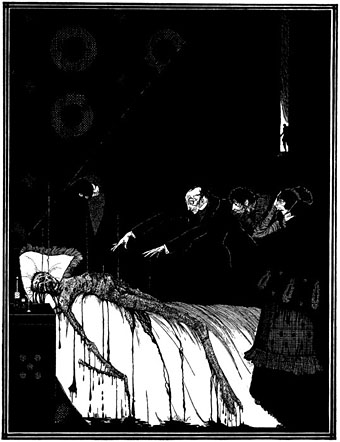Frontispiece for Goethe’s Faust (c. 1843) by Eugène Delacroix.
Or a couple of pages from Les monstres dans l’art; êtres humains et animaux bas-reliefs, rinceaux, fleurons, etc., a study of aesthetic teratogenesis by Edmond Valton from 1905. The Delacroix frontispiece gives a better view than the one at the Davison Art Center but they have more of the Faust lithographs. Emmanuel Frémiet’s animals were created to adorn the restored medieval Château de Pierrefonds for Napoleon III. The artist had smaller ceramic copies of the statues made later, of which the lizard is an improvement on the stone version.
Fantastic animals (c. 1870) by Emmanuel Frémiet.
Previously on { feuilleton }
• The House with Chimaeras
• Frémiet’s Lizard

